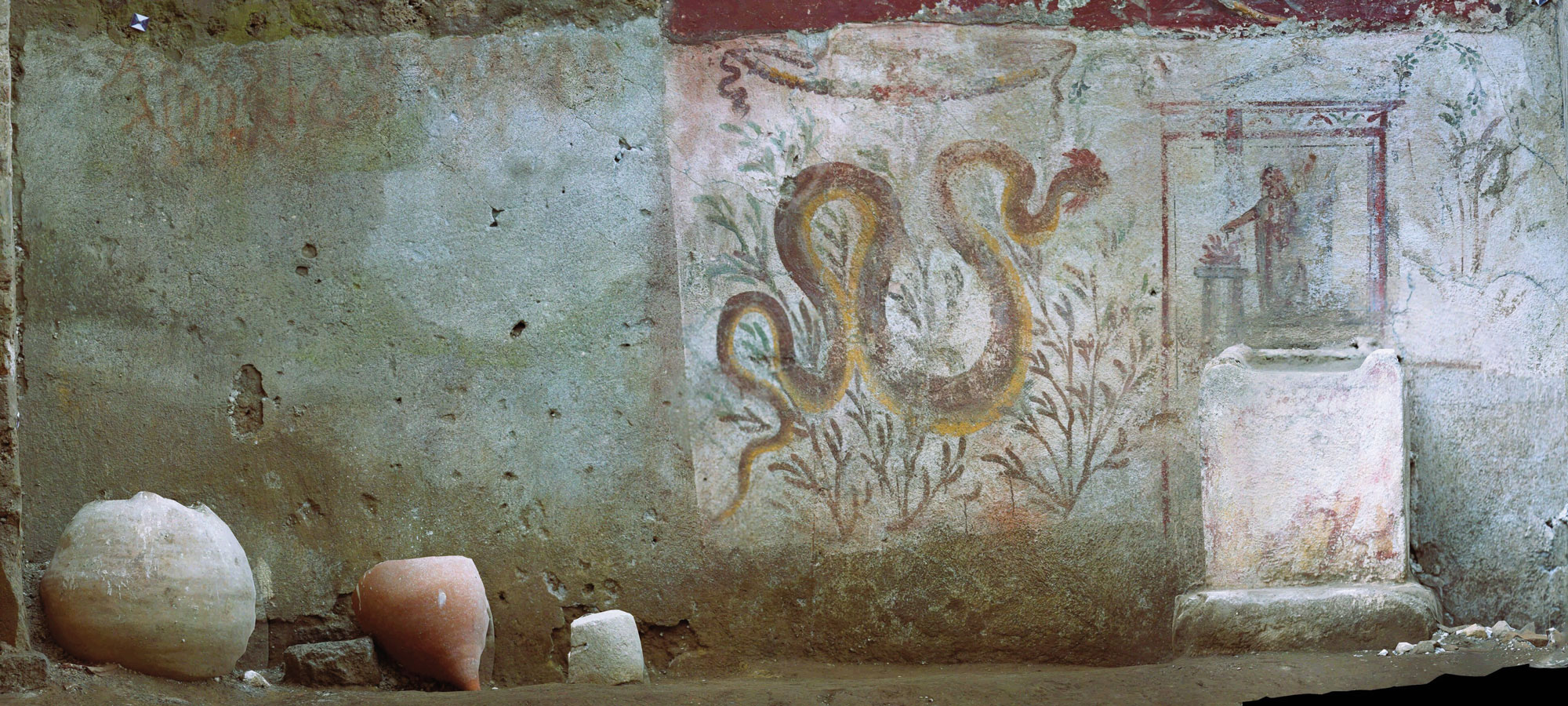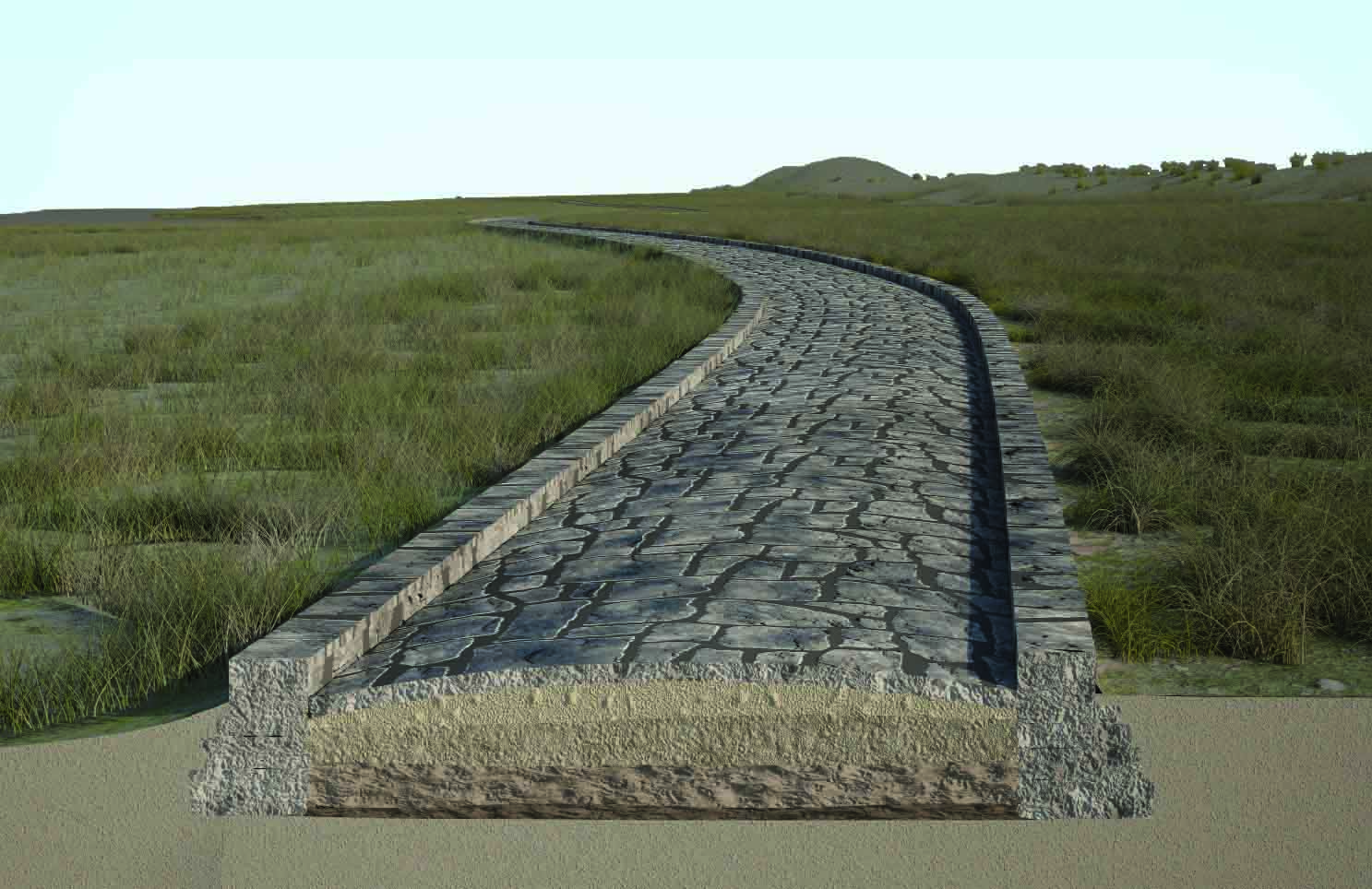
CALABRIA, ITALY—According to a CNN report, an ancient L-shaped fortification wall in southern Italy may have been built to contain a slave revolt of some 90,000 men. The revolt in question was led by Spartacus, a Roman slave who was killed in battle with Roman forces led by Marcus Licinius Crassus in 71 B.C. Researchers led by archaeologist Paolo Visonà of the University of Kentucky identified the structure when they explored an area in southern Italy, where a section of ancient wall was known to locals, with lidar, magnetometry, and soil cores. They determined that the wall stretched for nearly two miles. “There is an area where the wall seems to have been breached,” Visonà said, adding that many broken iron weapons, sword handles, large curved blades, and javelin points were recovered at the spot. He thinks that Crassus built this fortification in order to control the coastal roads and force Spartacus and his army into the rugged terrain of a nearby mountain. “Spartacus had no other possibility but to keep following the mountain road,” Visonà explained. The researchers plan to conduct additional excavations at the site and protect it from potential looters. For more on the archaeology of Roman slavery, go to "Identifying the Unidentified."










